The Ghost of Film
Creative Research Project / Non Fictional Writing / Video / Performance Lecture
2020 – under process
Locations: China (Guiyang, Qiandongnan Miao and Dong Autonomous Prefecture, Shanghai, Chongqing, Hongkong)
Keywords:
memory technology, photography, dream, family, silver, colonization, cold data, feminism, animism, cosmology, (deep) time
“I remember it was a quiet night, on the most silent river, aimlessly, I rowed a small boat, floating on the silver-like water surface.”
—— Celia Tang Heng, Dreams on the Eve of Graduation, 1934
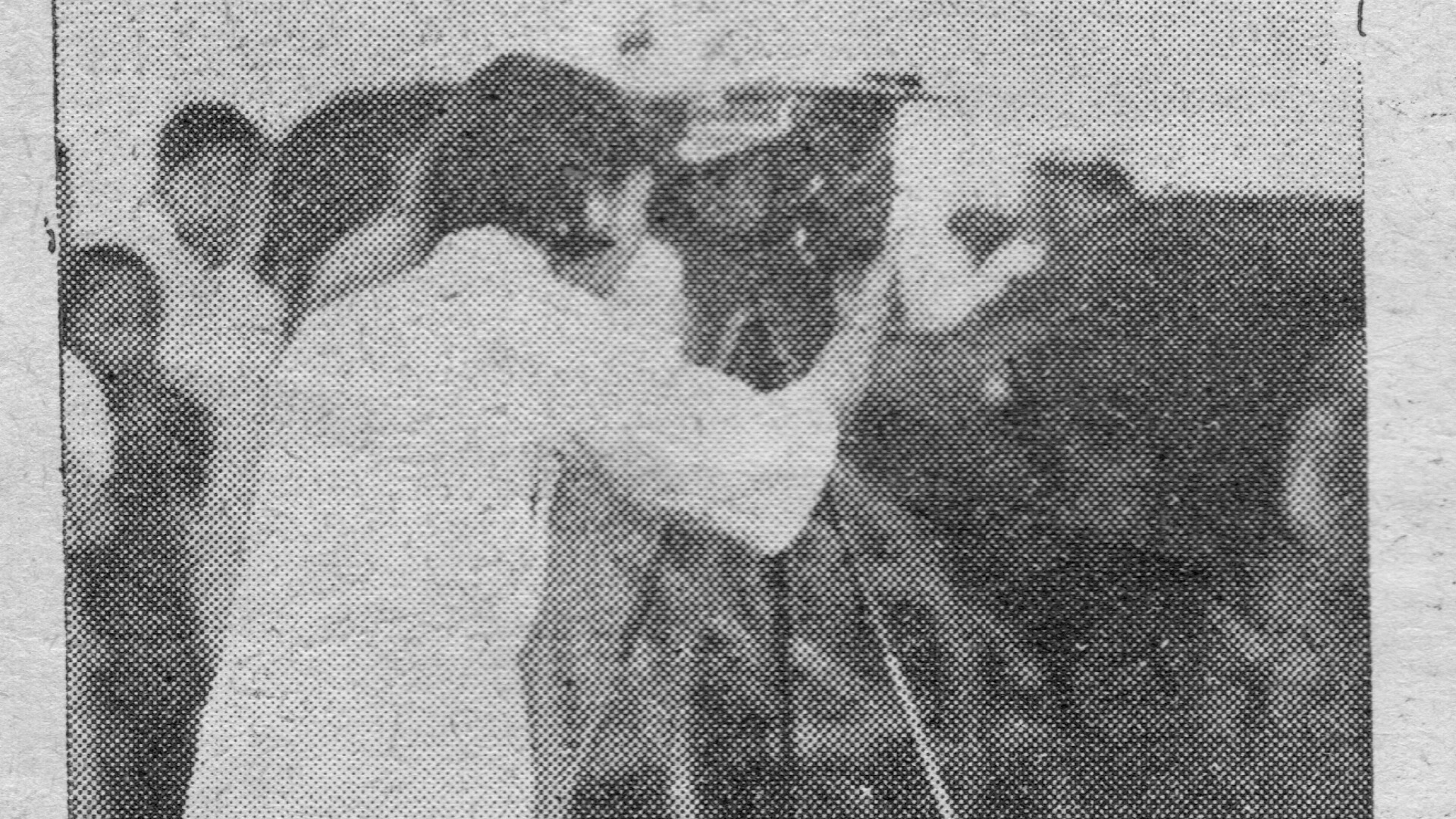
Celia Tang Heng, Eastern Times Photo Supplements, 1929
How is the past still haunting the present? How the future is collapsing into every moment? And how memory can be generated? In The Ghost of Film, a long-term research and writing project, the artist seeks to restore the forgotten memory of her great-grandmother, who suffered from Alzheimer’s in her later years, by archive-based and field research involving speculations.
The story of Celia Tong, who later was discovered as a female amateur photographer from the 1930s Shanghai, and Shumin, an orphan born in the multi-ethnic mountainous village in southwest China, gradually unfolds.
He Zike’s work often explores how mundane lives are shaped by the environment and external forces across different time scales and technological frames. In this project, she takes a more specific approach into the historical scenarios in a quasi-archaeological way, extending her life experience to the “past lives” through her ancestors, while photography acts as both a process and a metaphor.

Straw sandal weavers in ethnical minority groups, Guizhou, 1917, Chester Fritz
✲ Concept:
Silver is an element produced when a supernova explodes. Following its route, a scene of 20th-century China unfolds, showcasing its applications as silver halide in photography and film, the material used for minting in this silver standard country, and its use by ethnic minorities in the making of silver jewelry. The story will be tied together by several dreams that I collected from the research and revolve around several main characters: Celia Tang Heng, a female amateur photographer and one of the figures in the New Woman Movement in the 1920s-1930s, losing her memories due to disease in her late years; Feng Shumin, Celia’s husband, an orphan born in a village surrounded by ethnic minority tribes in Rongjiang, Guizhou, Southwest China, later arrived in Shanghai with a troop of army, and graduated from a Christian school; Tang Ju, Celia’s father, director of the Nanjing(Capital) Mint, a banker and financier dealing with silver business; Chester Fritz, an American explorer and the sole representative of the American Metal Company in Shanghai, who traveled through Southwest China including Guizhou in 1917, and was later called ‘Mr. Silver’ in Shanghai during 1930s because he was in charge of the global silver trade in China. And Mr. Zang, whose family stories redirects us to the first screening of Lumiere’s film in China in 1896, as well as Celia’s family movies.
In 2020, I discovered some clues of the long forgotten story from my family album, in which Celia Tang Heng, my great grandmother, were taking pictures with her camera. This later extended to an investigation of this branch of my family’s migrating history from the late 19th century to 2000. And Feng Shumin, my great grandfather, his story also brings us to the early scene of the ethnical minority region in the 20th century before modernisation, where animistic beliefs healed the suffered land. Their migration across China during WWII in a way echos with the theory of Zomia—the mountains of Southeast Asia (part of Southwest China included) are a sanctuary for escaping from governing, wars and disasters.
✲ Background:
Cold data refers to data that does not need to be accessed frequently and can be stored remotely at a lower cost, or even offline, due to low requirements for speed, to be available for potential future use.
Starting in 2021, in my hometown of Guizhou, I began to reacquaint myself with this emerging data capital. “Deep time,” “cold data,” and “offline” are among the concepts that fascinate me. At the same time, a long-unaccessed cold memory related to me and my family is revealed. It concerns my great-grandmother, who suffered from Alzheimer’s disease, and her family’s migration from Shanghai to the southwestern mountains of China in the 1940s. To reconstruct and trace this disconnected history, I embarked on a long and loose investigation, beginning my journey in Shanghai and destining villages in Qiandongnan, Guizhou. Here, many lost fragments were visually reconnected through the re-collection and discovery of image memories, including several family movies stored on 16mm film from around the 1930s. With further exploration, I noticed that the existence of these very ordinary yet rare remnants of private history is not just a random event. They connect through complex clues to the first introduction of film to China in late 19th century, as a new media and technology at that time, witnessing the rise and fall of silver halide as storage medium. Through signals transmitted to the retina, the story gently touch the gradually dulled senses at our forgotten nerve endings.
✲ Plots:
I. Family photos, home movies, private and public archives: Individual and collective history
II. The evolution of river and climate
III. The life courses of metal silver
✲ This project is a revisiting of the long-forgetting Chinese modern history from individual’s perspective, a re-imagination from archives and private oral history, and an exploration of the possibilities of narrative through intricately weaved clues.
No matter it’s the cold data stored in the cave server rooms, or the stories buried in the hole of time, all the memory, storage, and legacy will still light up what has been dimmed throughout time.
✲ Outputs:
- Full length non-fictional writing (approximately 150,000 characters), expected be published in 2025
- Creative video artwork
- Performance Lectures
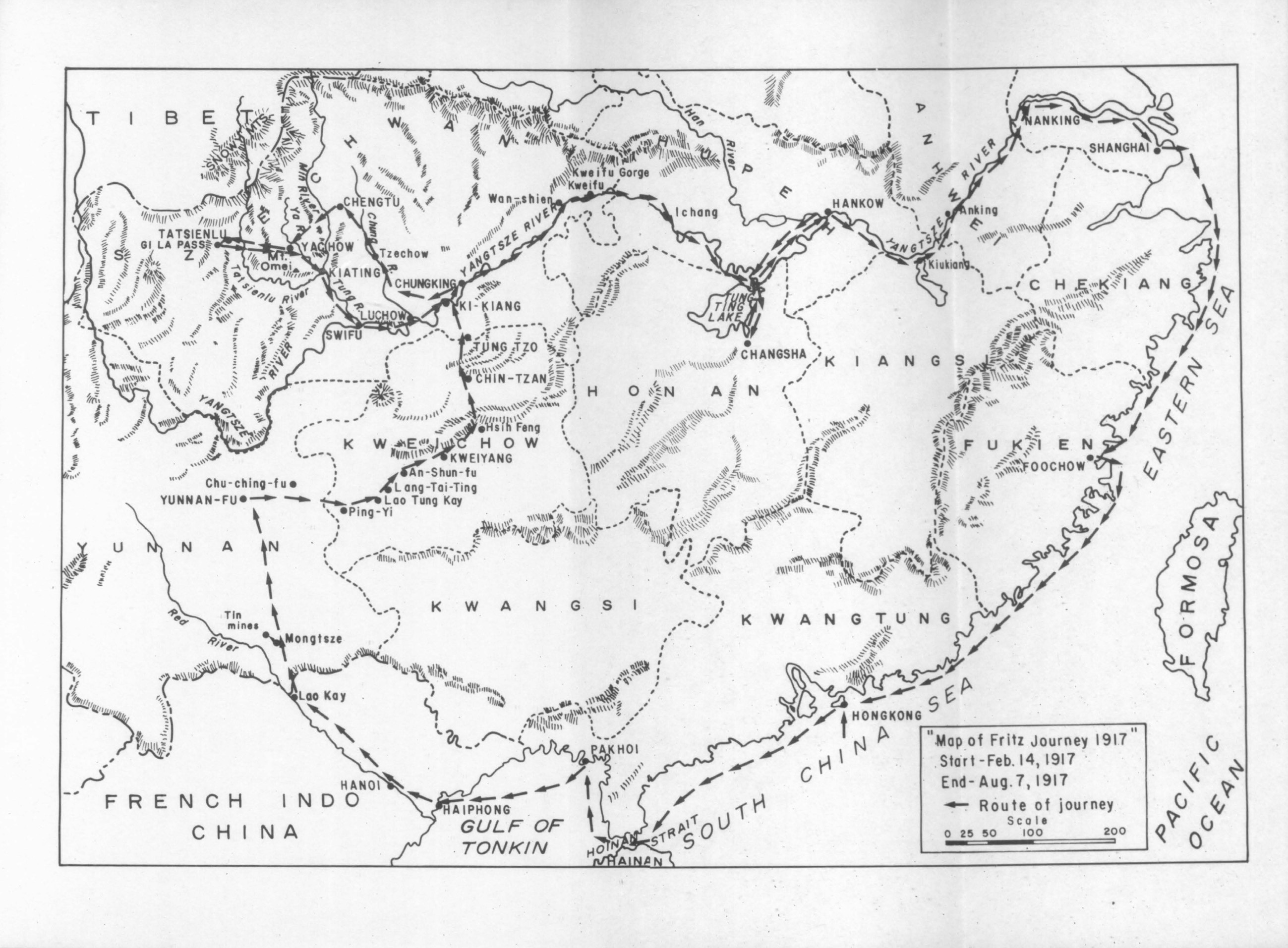
China Journey of Chester Fritz 1917, published in 1981
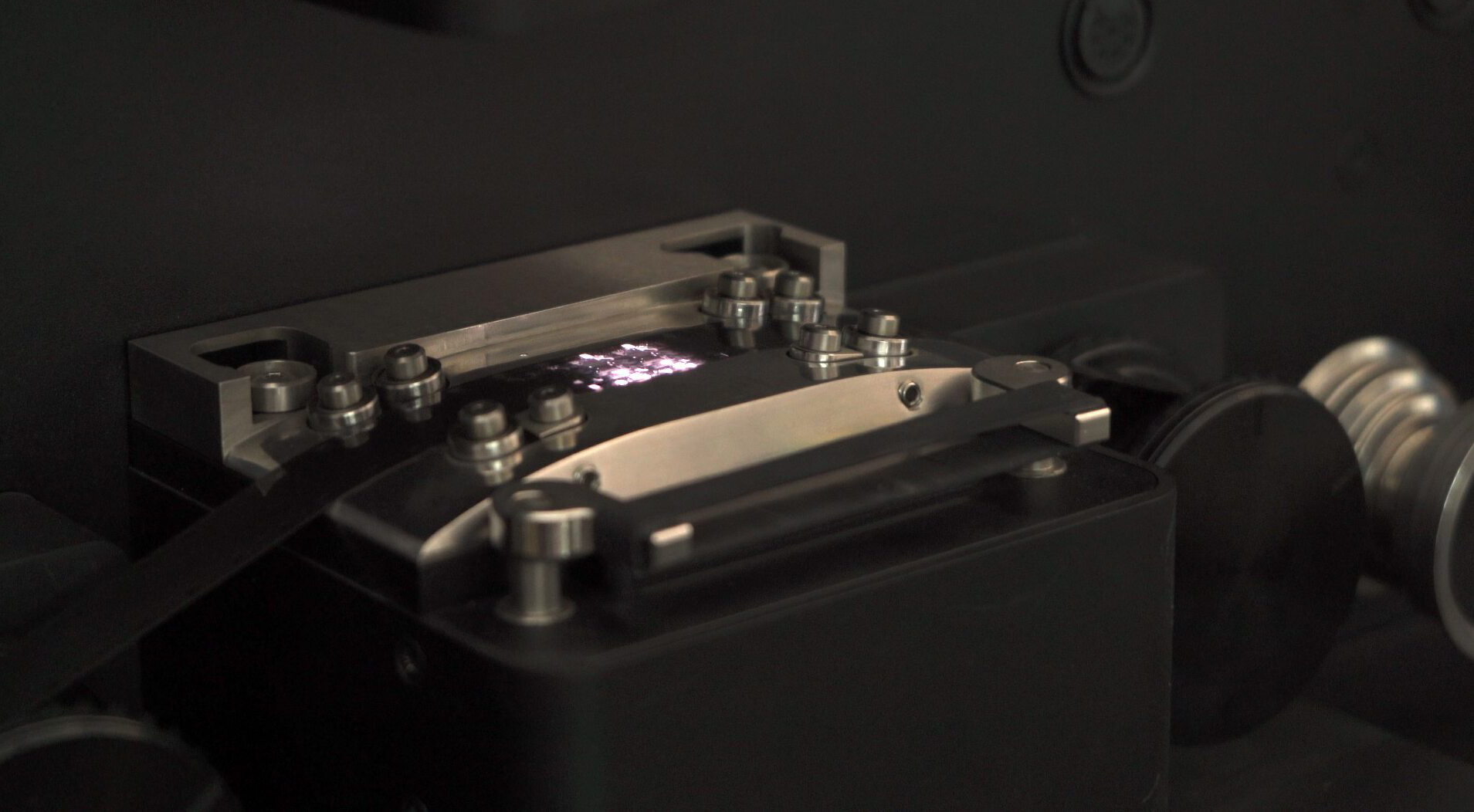
16mm Film Scanning of 1926 Family Movie, DDRedfilmlab Beijing, 2023 ©hezike
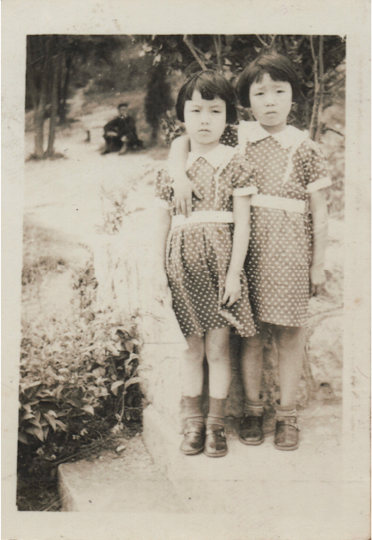
Children, Tang Heng’s Family Album, 1946 ©hezike
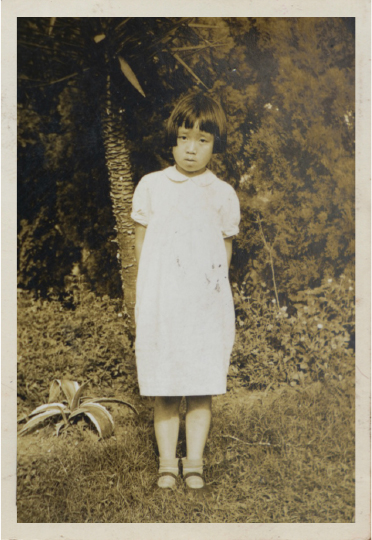
One of the Children, Tang Heng’s Family Album, 1946 ©hezike
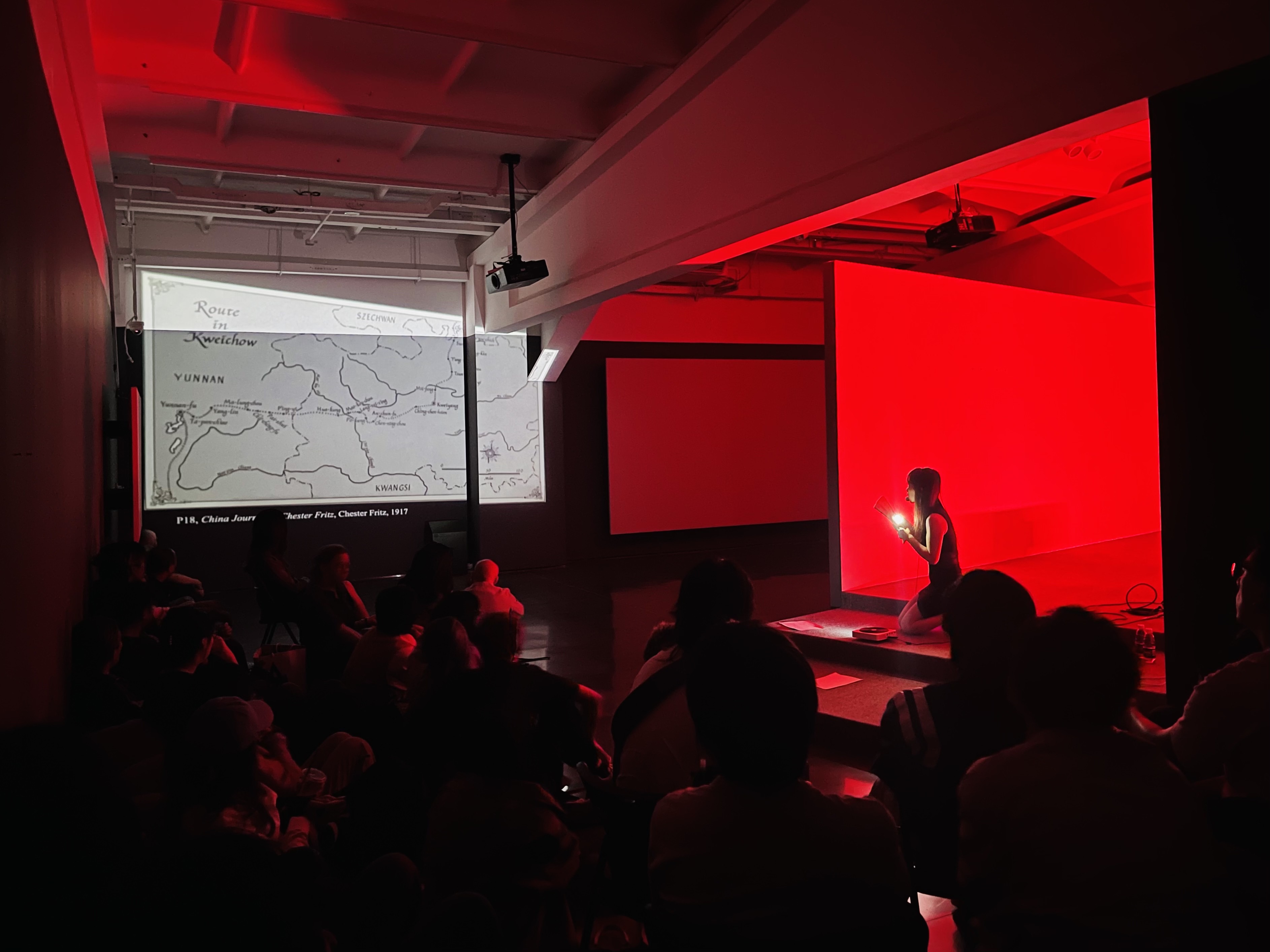
Dreams Delivered, The Fireplace is Burning Out, He Zike, Beijing, Performance Lecture, Macalline Art Center, 2023